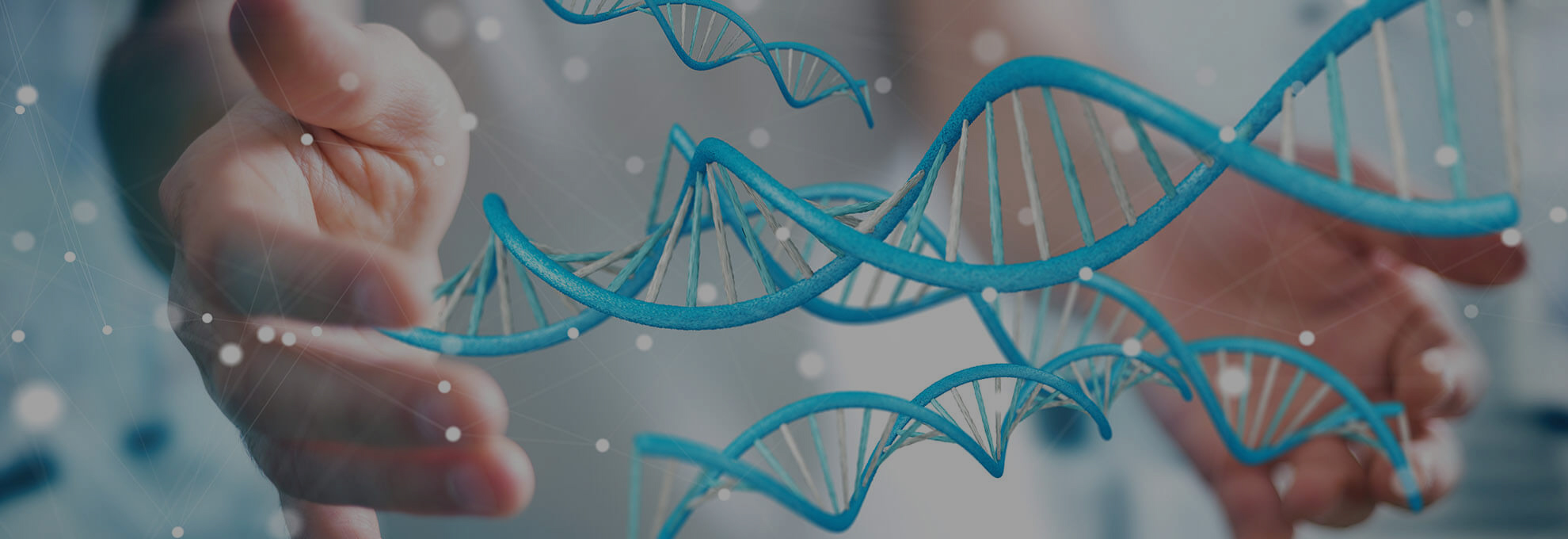12 May Different Types of Stem Cells
Stem cells are a very hot topic in the medical and research worlds. Stem cells have become a hot topic for a good reason; they have the potential to treat diseases and regenerate body parts we never thought possible. However, there is a lot of confusion about stem cells. While the term “stem cell” is thrown around quite often, most people do not know there are different types of stem cells that cannot be used interchangeably. Understanding the difference between various types of stem cells can help people better understand their potential for use.
Adult, or tissue stem cells, come from various parts of the human body. They are specific to the body part from which they are derived, and therefore, can only help that specific body part. For example, liver stem cells can only help regenerate or heal the liver. They would not be useful being injected into the kidneys. While they are helpful in the body’s healing process, adult stem cells are quite limited.

Embryonic, or pluripotent stem cells, can build any cell in the body. They are considered the “master cell” or “blank slate cell” due to their ability to differentiate into any cell in the body. These types of cells typically come from embryos, which are not fully developed. For this reason, embryonic stem cells are highly coveted.
Induced pluripotent stem cells are the last kind of stem cell. They are unique in that they are derived from adult stem cells, yet can be differentiated into any cell in the body, much like embryonic stem cells. The development of induced pluripotent stem cells was a significant step in stem cell research. These types of cells can be taken from an adult, genetically manipulated, and inserted back into the same adult, without risk of rejection. Eventually, these cells may allow people to have their personal therapy stem cells, which would revolutionize medicine as we know it today.
Stem cells can be used for a wide variety of reasons. They can help regenerate parts of the body, eliminate pain, and assist in the anti-aging process. Different types of stem cells are needed for different kinds of treatments. While stem cells do provide the possibility of new treatments, it is important to remember stem cells are not the end-all, be-all, of medicine. There are still limitations and potential complications when utilizing stem cells.
Stem cells are a relatively recent discovery in the scientific field. Every year, there are more and more discoveries made about stem cells by stem cell clinic Beverly Hills, which lead to more ways to utilize stem cells. Diseases that we once thought untreatable, such as dementia or multiple sclerosis, we now have hope of treating them through the use of stem cells. Tissue banks, which house stem cells, are becoming more popular. Understanding the different types of stem cells has allowed physicians and researchers to provide new treatments that can help prolong human life. While there are some ethical concerns about the use of stem cells, they provide the scientific community with a huge advancement in medical treatments.


No Comments